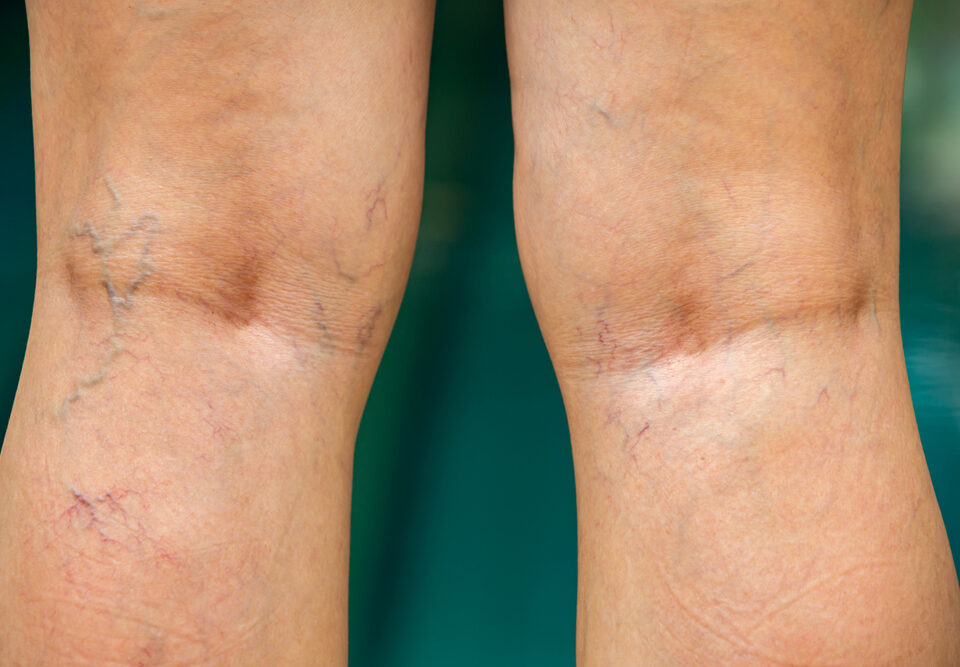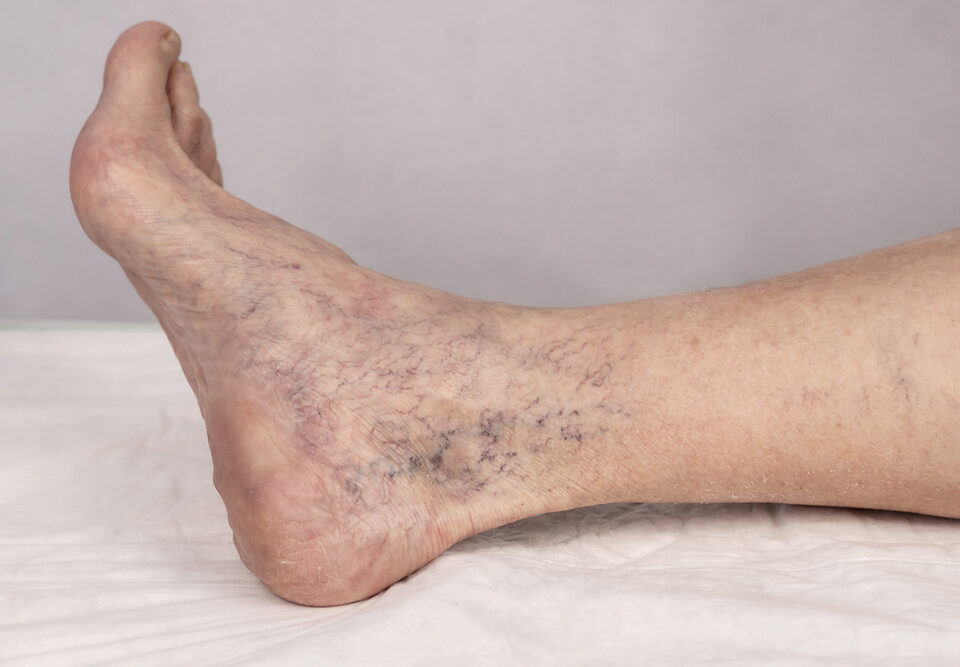Anyone should be concerned if they notice that their legs look like they’ve been inflated, with the skin pulled taut. Like it or not, swelling of the extremities is a common occurrence that many people face in their lifetimes. What many people may not know is that swelling in your legs could be an indicator of health issues related to your cardiovascular system.
Our professional team of cardiovascular leg specialists is led by Saleem Saiyad, MD, FACC, a board-certified interventional cardiologist. At Premier Vein and Vascular in Tampa and Largo, Florida, we see numerous patients who deal with leg swelling. In this blog, Dr. Saiyad explains what could be happening, and what may have caused it.
What do swollen feet have to do with circulation?
Swelling, or edema, happens when an area of bodily tissue fills with fluid. The fluid could be blood, water, or in the case of an infection, pus. Swelling usually brings an unpleasant sensation of tightness in your skin, the appearance of stretched, or shiny skin, and skin that’s slow to correct after being pressed.
Swollen feet can be painful, making walking awkward. This can compromise your balance, elevating your risk of a fall. While it’s possible that water is trapped in the swollen areas, the likely scenario is that poor circulation has caused blood to pool in your feet.
Swelling in your feet may not be your only symptom of poor circulation. Other symptoms of poor circulation include:
- Fatigue
- Dizziness
- Hair loss
- Numbness
- Extremities that are cool to the touch
- Tingling
- Dry skin
For people who have dry skin overall, poor circulation may cause additional dryness, and even flakiness. Dr. Saiyad evaluates your symptoms, taking your personal and family medical history into account. All of this helps him determine which tests are necessary to find the ultimate cause of your swelling.
Why did this start?
Many people are caught off-guard by their swelling, but some people, particularly those living with a chronic condition, may be less surprised. As our bodies are complex and vulnerable to internal malaise, there are a number of possible causes for your poor circulation and swollen feet.
Atherosclerosis, or a buildup of plaque in your arteries, hampers blood flow. When it affects your legs, it becomes PAD, or peripheral artery disease. This is a common condition, and Dr. Saiyad has years of experience treating the legs of individuals living with PAD.
Poorly controlled diabetes, as well as consuming nicotine products, can damage blood vessels, constricting blood flow and elevating your risk of exacerbating or developing other chronic diseases.
Blood clots are a well-known cause of poor circulation, as a blood vessel is literally blocked by organic matter. The difference between plaque and blood clots is their composition: plaque is composed of cholesterol from food, and blood clots are made of platelets, cells, and stray proteins. Their effects, however, can leave you with unsightly and uncomfortable swelling.
What do I do about swelling in my feet?
Treating the swelling in your feet can be as simple as reducing your salt intake, drinking plenty of water, and elevating your feet. With the swelling under control, a long walk can help keep the swelling away. However, immediate treatment won’t address the long-term issues with swelling that many people experience.
Dr. Saiyad is committed to properly and thoroughly diagnosing any vascular issue that affects your legs, and swelling should be addressed as soon as it’s noticed. Call the location nearest to you today, or use our online appointment system to book a consultation with Dr. Saiyad.





